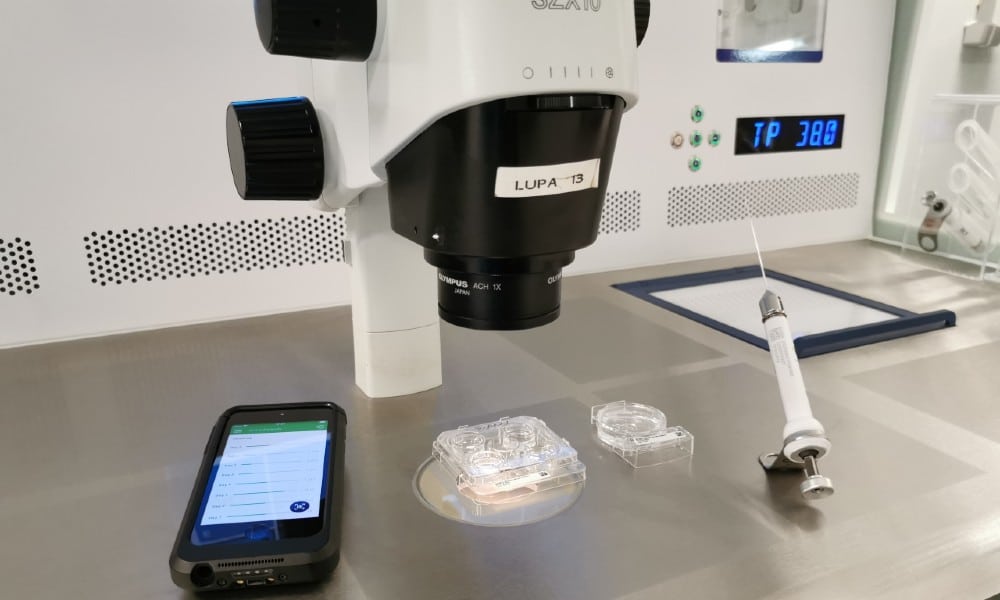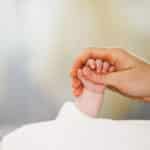We have all seen it happen in the movies, but biological material getting mixed up is not something we want to worry about. However, what are the chances that your eggs or sperm will get mixed up in the laboratory or that you will get someone else’s embryo transferred? If you are undergoing a fertility treatment, the idea may have crossed your mind at least once. After all, to err is human. In fact, more than 90% of patients worry that something like this might happen.
And yes, to err is human. But that is precisely why there are automated systems that reduce that possibility to virtually zero. So, although it is not mandatory by law, their use is recommended. At Dexeus Mujer, we implemented the Gidget system in 2017. It is a digital system based on the use of QR codes.
In this post, we tell you how it works.
How are biological samples identified?
“The registration system we use at Dexeus Mujer is activated from the moment a sample is obtained”, explains embryologist Mónica Parriego. In the case of egg retrievals, the patient is registered in the system, and she is given an identification bracelet, which includes her name and surname, her date of birth, her identification or registration number, her telephone number and a QR code. The system allows to print labels with the patient’s own QR code, which can be placed on the different supports that will be used to store all her biological samples. The same process is followed for sperm samples.
How does the tracking system work?
In the operating room where the egg retrieval is performed, the laboratory personnel first enter a personal code in a portable scanning device to identify themselves and then scan the QR code on the patient’s identification bracelet and then the code on the label attached to the tubes where the oocytes will be stored to confirm that these two codes match. From then on, each and every procedure carried out in the lab that involves handling this biological material or changing its support – insemination, embryo culture, biopsy, freezing-thawing and embryo transfer – will be implemented using the same process.
How can errors be avoided?
The scanner that reads the QR codes is programmed to trace from end to end, i.e., to check that the QR code of the source container or support (tube, plate, etc.) matches the QR code of the destination container (plate, freezing straw, etc.). If this is not the case, “it signals that the reading is not correct and the incident is recorded in a computer programme that blocks the tracing and prevents registering any other activity regarding that sample until the incident is resolved,” explains Dr Parriego.
What are the most critical moments?
The most critical moments are changing the sample support, freezing and thawing gametes and embryos, and mixing gametes at the time of insemination to fertilise the egg. However, as already mentioned, if the system finds any irregularities, the scanner emits an alarm and the tracking process is blocked.
What are the added benefits of automation?
When handling biological material, be it sperm, oocytes or embryos, embryologists have a very limited amount of time to prevent deterioration. Therefore, they must act swiftly, but they must remain focused. Before, the identification of the samples was done by visual control, and it required a double check by the embryologist who carried out the process and a controller who checked that the identifications matched. However, this forced the controller to interrupt their work constantly in order to carry out these checks. Therefore, the automated system, in addition to being much more secure, provides a record of all activities carried out and improves work efficiency. Furthermore, from a psychological point of view, it has been shown that its use improves the emotional well-being of patients during the process and reduces the stress load that sometimes comes with fertility treatments. If this is your case, we hope you found this information useful and that it will help you feel more at ease.
In this video you can see how this system is applied in our laboratory.















